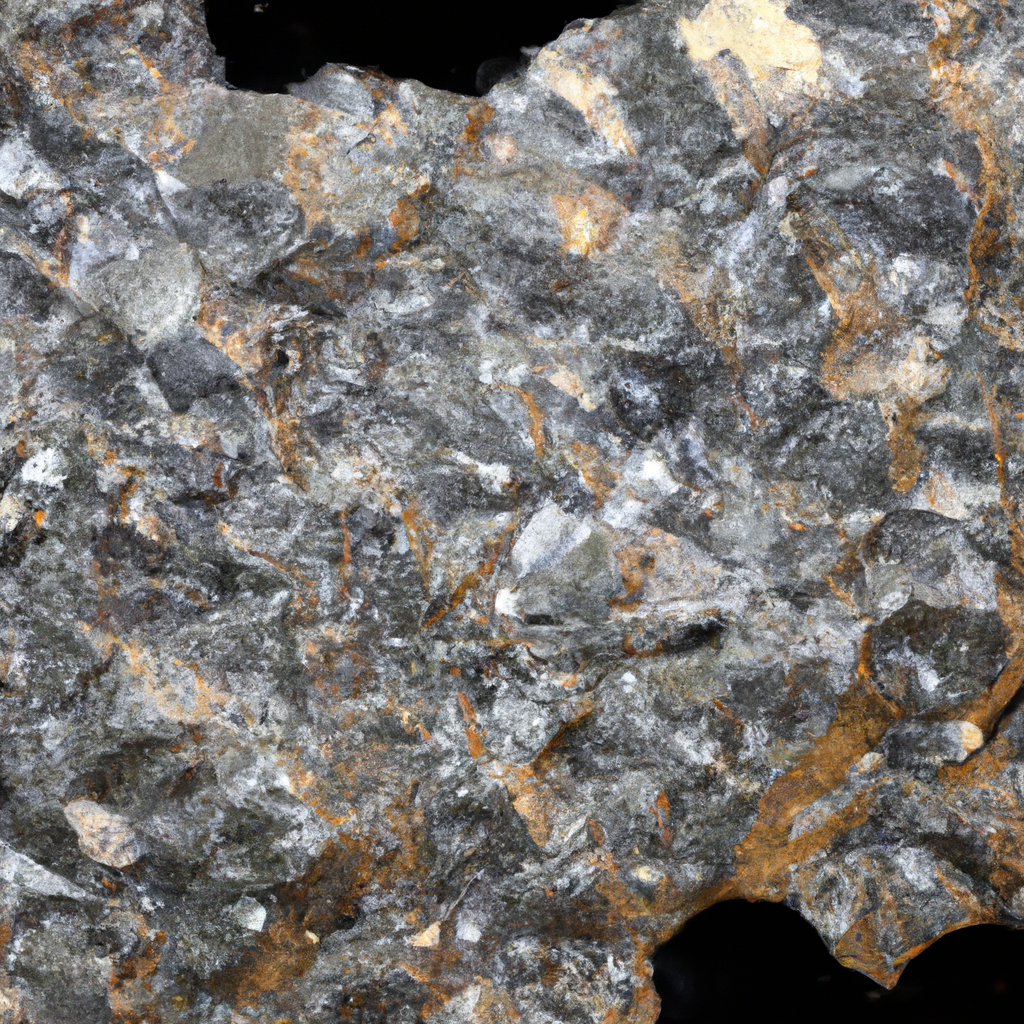The search for corrosion-resistant metals and shielding coatings is unabated in a world where annual economic losses from corrosion exceed US$2.5 trillion. Innovating new alloys, artificial intelligence (AI) is becoming more and more important. The ability of AI models to anticipate corrosion behavior and recommend ideal alloy compositions, however, has remained elusive.
A machine learning model that was created by researchers at the Max-Planck-Institut für Eisenforschung (MPIE) has improved predicted accuracy by up to 15% when compared to previous frameworks. This approach identifies novel but plausible compositions for corrosion-resistant alloys. Its unique potency comes from combining textual and numerical data. This model’s adaptability can be expanded to any alloy qualities. It was initially created for the crucial area of resisting pitting corrosion in high-strength alloys.
Merging texts and numbers
Regarding corrosion resistance, every alloy has a different set of characteristics. These characteristics depend not only on the makeup of the alloy but also on how the alloy was made. Only numerical data can be utilized by current machine learning methods. However, the principal author of the article and a former postdoctoral researcher at MPIE, Kasturi Narasimha Sasidhar, argues that processing procedures and experimental testing protocols—which are typically described by textual descriptors—are essential to understanding corrosion.
The research team created a completely automated natural language processing framework by combining language processing techniques similar to ChatGPT with machine learning (ML) methods for numerical data. Additionally, incorporating textual data into the machine learning framework enables the identification of improved alloy compositions resistant to pitting corrosion.
With intrinsic data that included details regarding corrosion characteristics and composition, they trained the deep-learning model. According to Michael Rohwerder, co-author of the study and director of the MPIE group Corrosion, the model is now capable of identifying alloy compositions that are essential for corrosion resistance even if the individual elements were not initially fed into the model.
Automated data mining and image processing are pushing boundaries
Sasidhar and his team used manually collected data as textual descriptors in the recently developed framework. Their current goal is to automate the data mining process and smoothly incorporate it into the current framework.
Another significant development is the addition of microscope pictures, which foresees the next generation of AI frameworks that combine textual, numerical, and image-based data.













